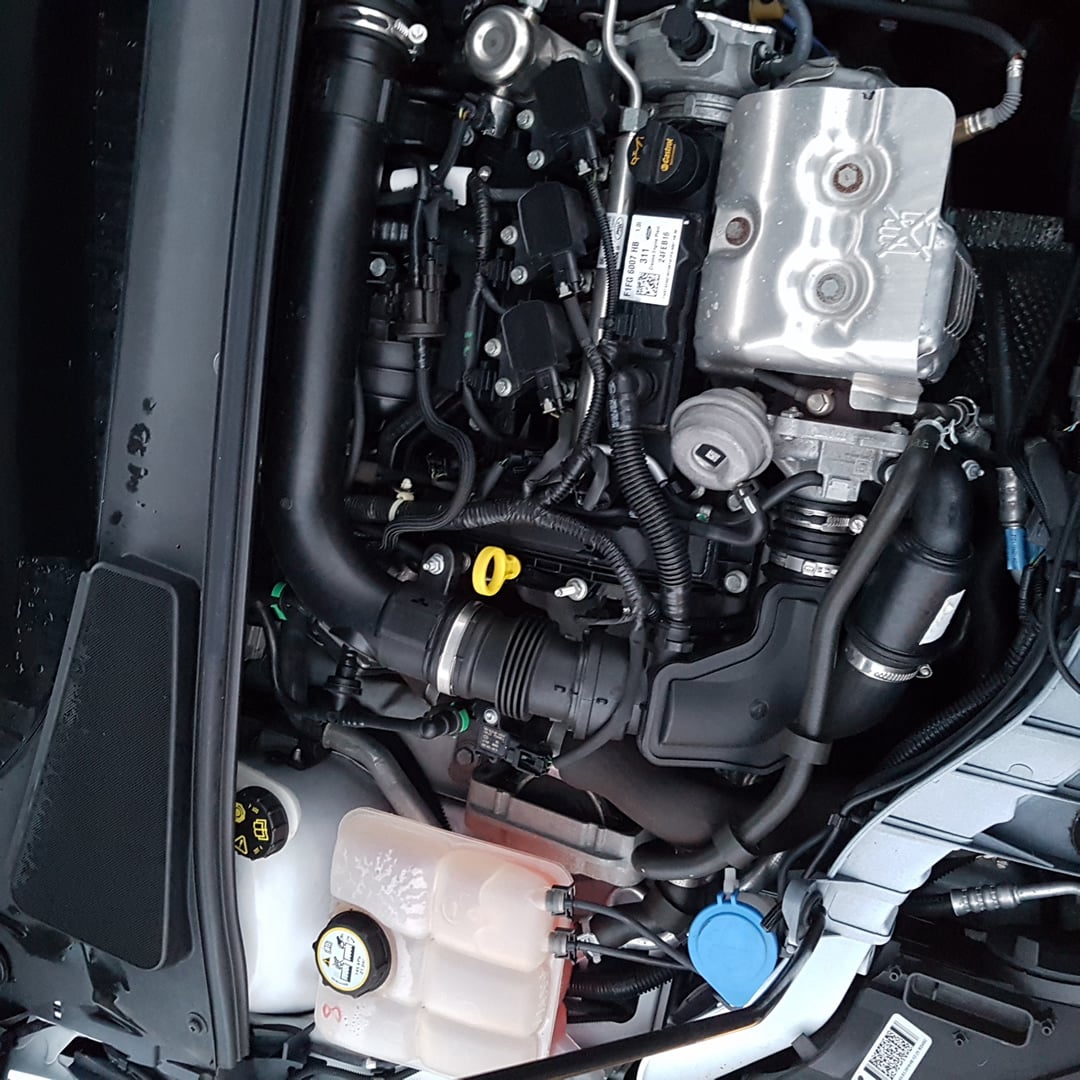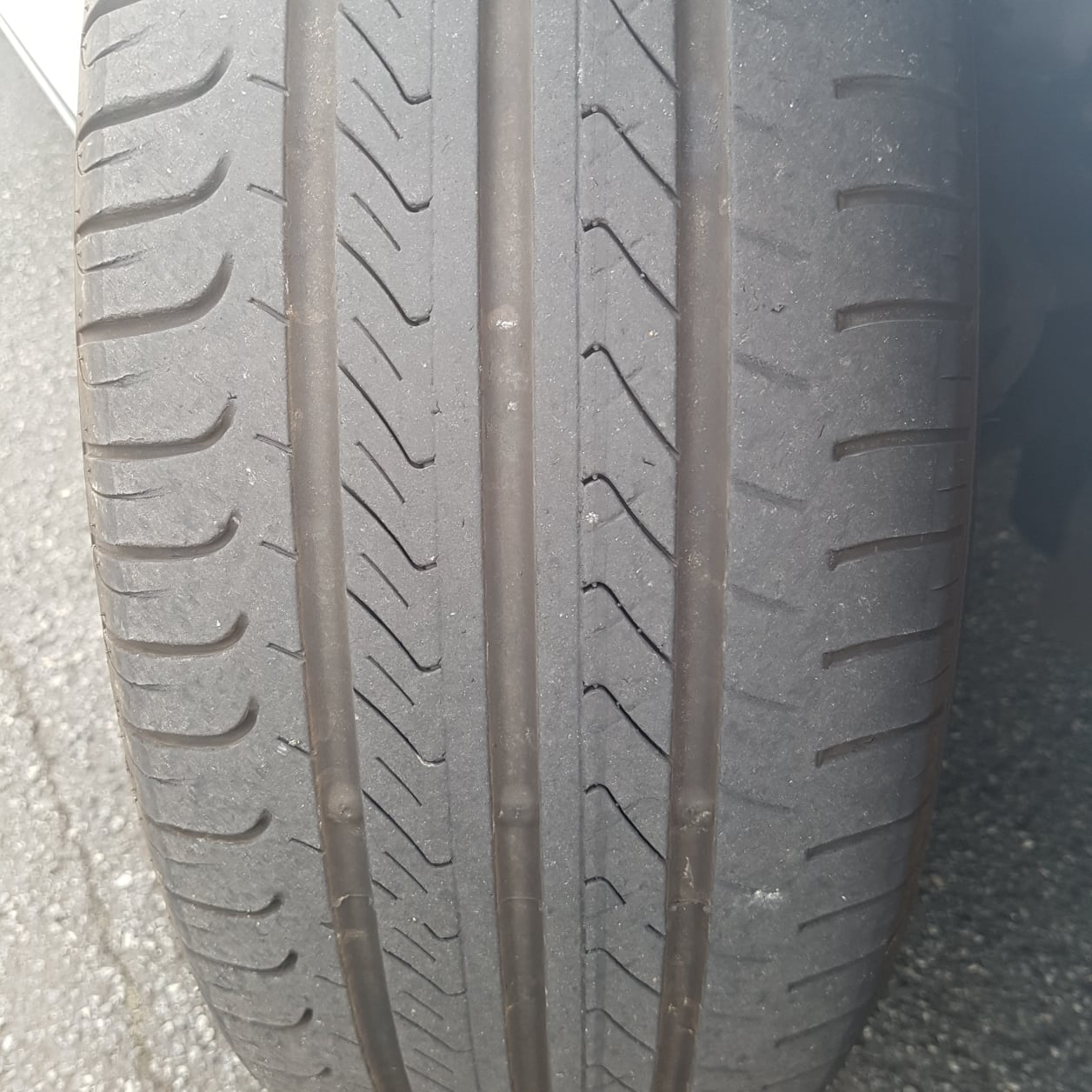Driving through water.



A Source of ignition, Air, and Fuel
Compression ignition, Air and Fuel
Therefore, should you suck water into the air intake of either a diesel or petrol engine you will end up Hydrolocking the engine.
Hydrolock is a condition that occurs when a liquid, such as water, coolant, or oil, enters an engine's combustion chambers and prevents the pistons from completing their compression stroke. This causes the engine to seize up and stop running.
Hydrolock occurs because liquids are nearly incompressible, so the piston cannot complete its travel. Pistons are only meant to work with a mixture of air and fuel, so any other fluid will cause a hydrostatic lock.
Hydrolock can happen in a number of situations, including during a flood. In a boat, hydrolock can occur if the water level outside the boat is higher than the exhaust-riser height inside. The water can then back-flood through the exhaust and enter any cylinder with its exhaust port open
The first thing you should know before even considering entering water is to understand where the Air intake of your vehicle is.
The position of this can change vastly from vehicle to vehicle.
If the height of the water is higher then the level of your air intake then NEVER attempt to drive through it!
Knowing the height of your air intake, you then definitely need to know the depth of the water.
Are you driving on flooded roads or driving through a Ford?
A ford will normally have a depth marker post that allows you to know what the deepest part of the Ford is, whereas if you are driving through a flooded road, there is not necessarily a way of knowing how deep the water is, and more importantly what the condition of the road under water is.
How would you know if the road had subsided?
Are there road works with areas dug up, that are currently under water and invisible to the eye?
You may have a high air intake, but how good are your door seals?
Your engine might be capable of driving through the water without air being sucked into your engine, but the car still fills up with water because your door seals are useless because of the age of the vehicle.
So, let's assume you know the height of your air intake and the depth of the water, and you're good to go through the water, now what?
We've all probably seen hundreds of videos of car fails going through water.
Firstly, is because they didn't have a clue where their air intake was, but secondly because they all drove through the water way too fast.
When a ship travels through water, it creates a bow wave. This is similar to what you want to create with the front of your car.
You want to be able to "PUSH" the water away from your car. This will allow an air pocket to be created under your bonnet and allow the engine to still breath.
By travelling at speed through the water, the pressure of the water rushes under your bonnet pushing out the air pocket that you are trying to keep, to keep the engine breathing.
Once you have filled the engine bay up with water, it will be an extremely short space of time before the air intake is covered, water gets sucked into the engine and BOOM! it's game over for your engine.
There is NO RECOVERY FROM THIS.
The Hydrolocked engine will cause endless amounts of damage to valves, cranks etc. 9 times out of 10 you'll be looking for either a new engine or an engine rebuild.
Along with driving through the water very slowly, you will also want to keep the revs high.
This is to ensure that should your exhaust be below the level of the water, the water does not travel up the exhaust and hydrolock the engine in the reverse direction. Keeping the revs high will stop the water from travelling up the exhaust to the engine.
So in summary,
DRIVE SLOWLY THROUGH WATER
KEEP THE REVS HIGH
USE THE CLUTCH (RIDE THE CLUTCH) TO KEEP THE CAR MOVING SLOWLY.
Once you have exited the water, ensure you check your brakes for effectiveness as the pads will have absorbed water and may not be as effective as usual until they have dried out again.
Driving along with light pressure on the footbrake will allow the pads and discs to warm up and evaporate any water absorbed into the pads.
This does not take long, but will ensure that if you needed the brakes shortly after exiting the water they will be more effective than not drying them out first.

The purpose of a vehicles tyres are mainly about traction to the road and displacement of water.
Therefore, if you have too much water and too little tyre tread depth, the tyre will not be capable of displacing the water quickly enough and the amount of traction to the roads surface will be greatly reduced or zero.
When a road has water on it, as a driver, it is our responsibility to adapt our driving to suit the conditions.
Generally on little downpours, our tyres (good condition tyres) are more than capable of doing the job they were designed to do.
However, there are factors that will change their ability to do their job effectively.
How much tread depth is on the tyres?
What speed are we travelling?
How deep is the water?
These are the 3 main factors that will decide whether we remain in contact with the road's surface or not.
Too much sped, too much water and not enough tyre tread to permit the tyre to displace that water and it's pretty much GAME OVER!
Aquaplaning will take over!
As an easy way to describe Aquaplaning - The car is floating!!!
You will lose all ability to steer or brake.
The only way to recover a vehicle that is in Aquaplaning mode is to remove the power.
GET YOUR FOOT OFF THE GAS PEDAL.
Friction of the water against the tyres will naturally reduce the speed of the car. As the car reduces speed the ability for the tyres to displace the water will increase, and the car will return to the roads surface and you will regain control of the vehicle.
One of the biggest dangers of Aquaplaning is speed, which is why we should all be reducing our speeds when the roads are wet and allowing for a larger following distance between other vehicles.
If a vehicle is carrying too much speed on wet roads and Aquaplaning takes place, it can happen so quickly that the driver has no time to recover the vehicle.
Watch the video below to understand a little more about Aquaplaning.
Vid By TyreSafe